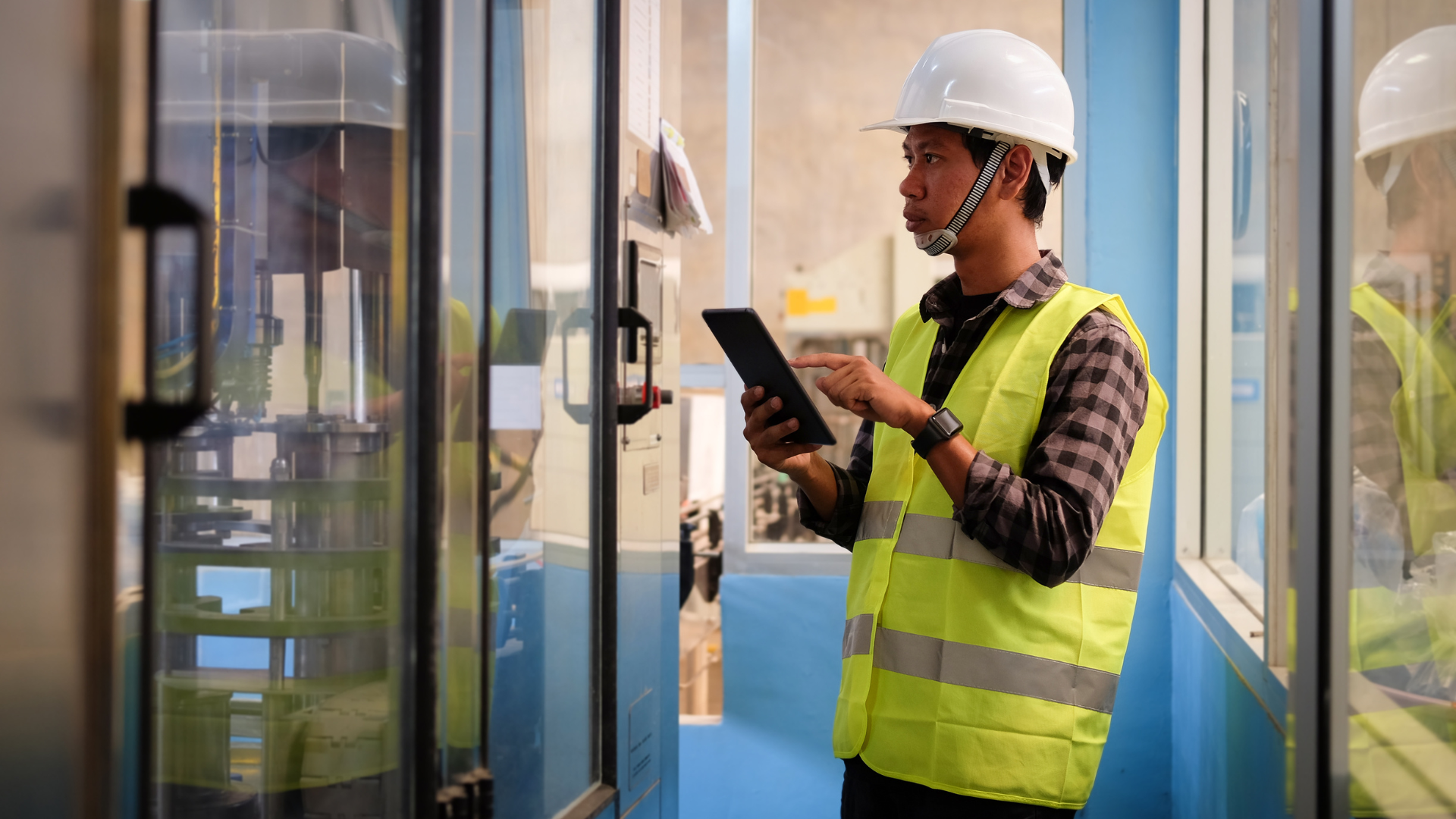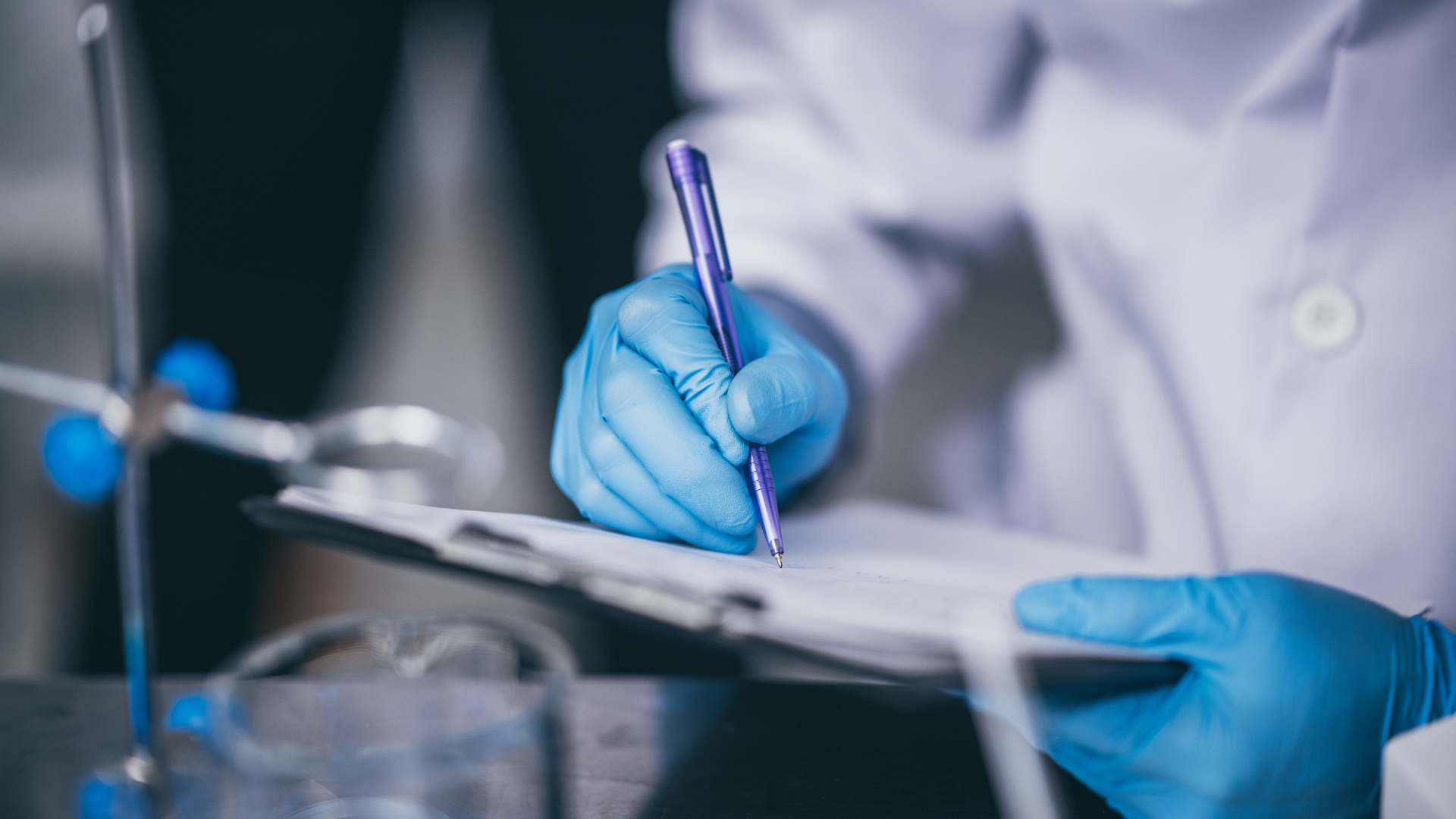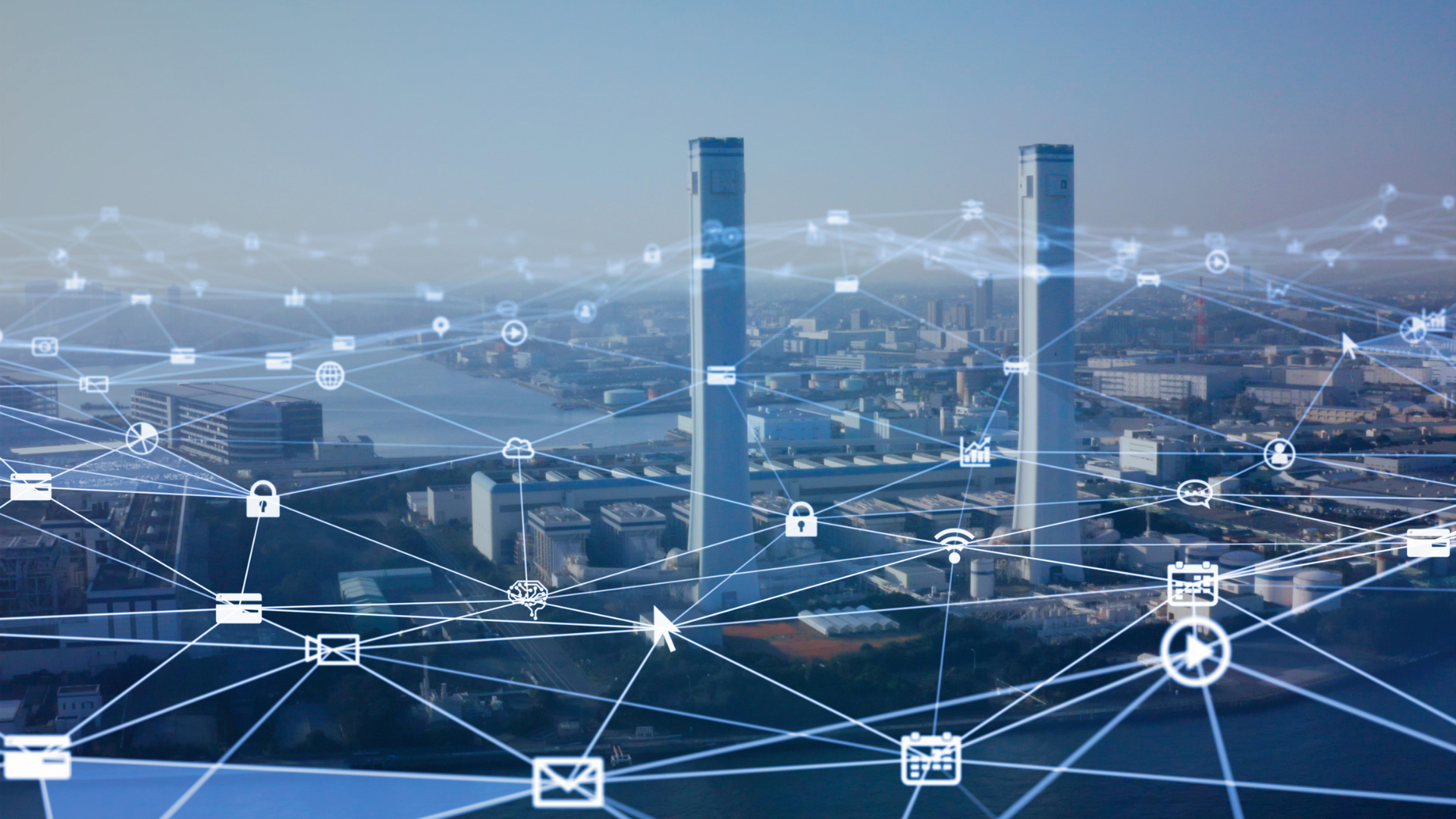The Importance of Calibration in Industrial Monitoring Systems

In any industrial environment where measurement accuracy directly affects operational decisions, instrument calibration is a fundamental pillar. It ensures that the data collected is accurate, consistent, and compliant with regulatory standards.
Whether it’s monitoring water quality, detecting bacterial presence, measuring chemical concentrations, or triggering alerts — the reliability of these actions depends on precisely calibrating sensors to reference values. An uncalibrated sensor produces data that quickly loses its decision-making value.
Ensure the Reliability of Your Critical Measurements
Access BioAlert’s technical specifications to understand the recommended calibration procedures.
Why Calibrate Your Instruments?
Calibration means comparing a device’s readings to a certified reference. If deviations are found, the device is adjusted to restore accurate readings. This is essential for:
- Maintaining long-term measurement accuracy
- Avoiding false positives or missed alerts
- Meeting regulatory or normative requirements (ISO, ASTM, etc.)
- Ensuring data traceability and repeatability
- Reducing unnecessary or incorrect interventions
In sectors like water treatment, healthcare, pharmaceuticals, or food production, calibration is not just a recommendation — it’s mandatory.
Link Between Calibration and Operational Reliability
A miscalibrated sensor may slowly drift out of range without triggering any alert — meaning your environment could become non-compliant or unsafe without anyone noticing. Conversely, over-sensitive, uncalibrated sensors can cause false alerts, confusion, and unnecessary shutdowns.
Trust in your monitoring systems relies on strict, periodic, and documented calibration.
Recommended Calibration Frequency
Calibration frequency depends on several factors:
- Sensor type (electrochemical, optical, mechanical, etc.)
- Environmental conditions (temperature, humidity, exposure to contaminants)
- Historical drift behavior of the device
- Criticality of the data measured
For example, a water microbiological monitoring system — such as those provided by BioAlert — must be calibrated within the ranges specified in the technical documentation, and validated with real-world testing.
Typical Steps of a Calibration Process
- Initial verification against a certified reference
- Analysis of deviations between sensor reading and reference
- Adjustment to correct discrepancies
- Post-calibration validation using a secondary reference
- Full documentation including date, operator, instrument, and results
Properly documented calibration becomes essential proof during audits or inspections.
Calibration and Regulatory Compliance
Standards such as ISO/IEC 17025 or local authorities like RBQ in Quebec require traceability of measurement instruments used in controlled environments. This includes:
- Proof of calibration performed by an accredited lab
- Valid calibration certificates
- Internal procedures for regular verification
BioAlert provides clients with detailed specifications for calibrating the sensors integrated into its systems — including recommended frequency, compatible reference solutions, and accepted tolerance levels. Additionally, its systems feature an internal autocalibration function, which automatically verifies reference standards and invalidates measurements if drift is detected.
This feature improves data reliability, reduces diagnostic errors, and delivers up to 4× fewer false negatives than conventional methods — without compromising precision or increasing false positives.
A Best Practice That Protects Your Decisions
Your measured data informs interventions, compliance reporting, and operational adjustments. A reliable sensor is a calibrated sensor.
Failing to calibrate regularly means making decisions based on potentially faulty data — and exposing your company to avoidable risks, both regulatory and operational.



